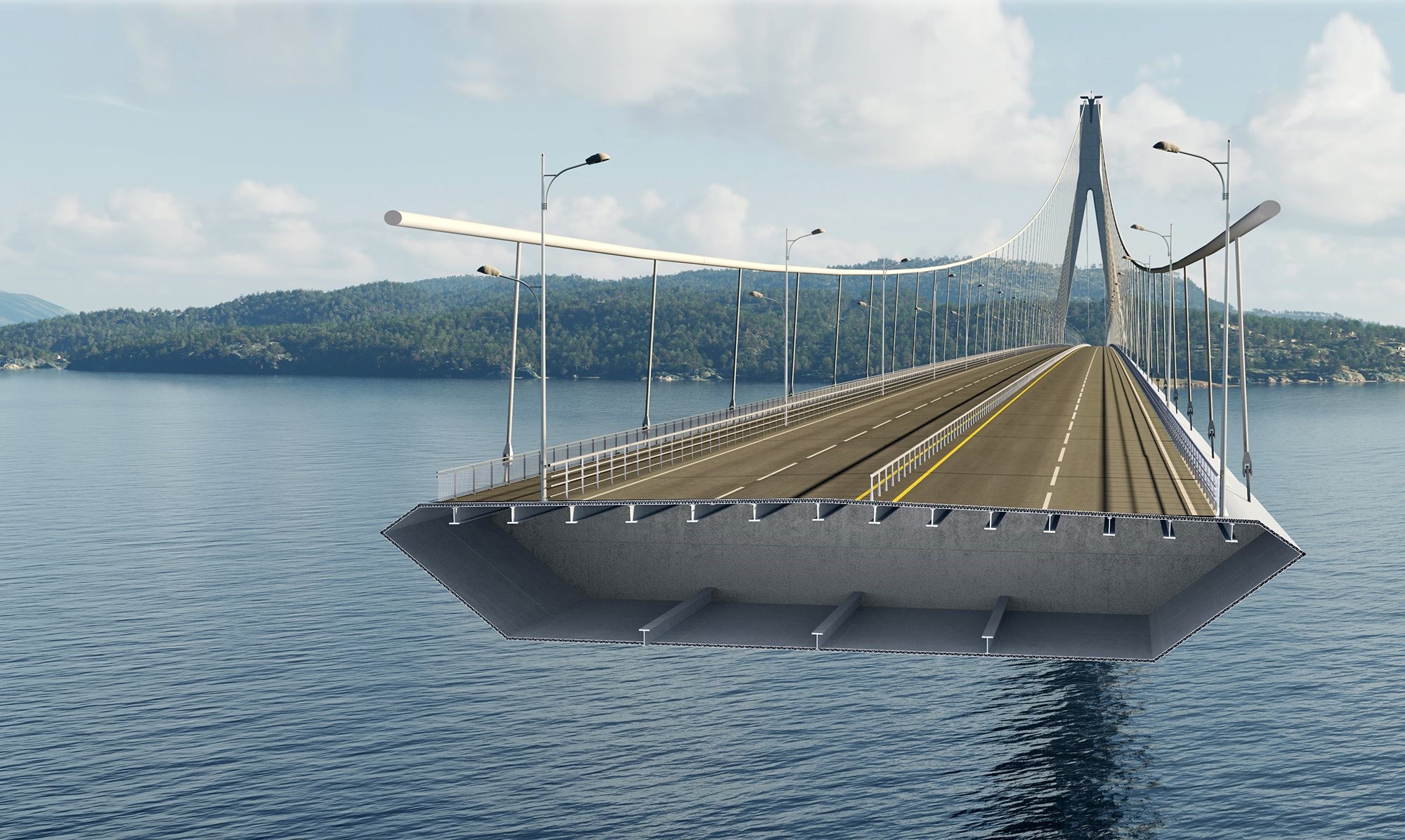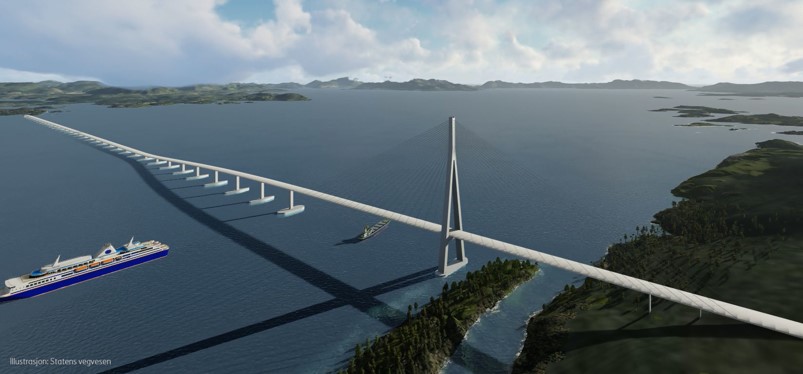Hydro’s aiming at making the world’s longest aluminium bridge a reality, a game-changer in aluminium infrastructure sector
Hydro, along with a team of renowned structural engineers, business experts, and researchers, is evaluating the feasibility and cost-efficiency of replacing conventional steel with aluminium for the construction of long-suspension bridge girders.
According to Hydro Extruded Solutions Market Manager Thomas B. Svendsen, the use of aluminium can be a game-changer for bridge-building. For the proposed Langenuen bridge project in Norway, Hydro is focusing on exploring where the use of aluminium for all the relevant design criteria for bridge girders would be feasible or not. The company’s dream is to make the longest aluminium bridge in the world.
{alcircleadd}
Thomas B. Svendsen said, “The study is very encouraging and could potentially be a game-changer for bridge building and the use of aluminium in new ways in the future. It focused on what could be the longest aluminium bridge in world: 1,720 meters, 1,250 meters of which would be aluminium, equivalent to 8,000 to 10,000 tonnes.”
Daniel Tran, risk engineer at the Norwegian Public Roads Administration, is of the opinion that aluminium has advantages like corrosion-resistant owing to its oxide coating properties. Also, the bridge made of aluminium can contain up to 100% recycled material, which would be both climate-friendly and cost-reducing material choice.
“Aluminum has several advantages. An aluminum bridge does not corrode because the oxide coating of aluminum protects against corrosion. Paint is therefore not needed. Aluminum in the bridge can contain up to 100% recycled material, so aluminum is both a climate-friendly and cost-reducing material choice,” said Daniel Tran.
The use of aluminium is expected to save production cost, as well as maintenance cost for the future.

The proposed Langenuen bridge is part of the biggest infrastructure project in Norway, aimed at reducing travel time.
“We are excited to see the potential of using aluminium in new ways for structural applications. Moreover, the new version of Eurocode 9, the reference standard for the design of aluminium structures, will include additional provisions to be applied to the structural design of aluminium bridges. This is interesting because structural engineers will then be able to refer to a set of consolidated design rules useful to replace more and more conventional steel with aluminium in their projects,” said Guido Sabatini, Technical Manager for building and standards at European Aluminium, a trade association.
Trond Furu, Research Manager in the Hydro Corporate Technology Office, said: “With the promising results from this Langenuen study, this could be the start of a new way of thinking about aluminium as a strong, durable material and as a material that could be used in large infrastructure projects.”
The project team is now in phase 2 review to study the remaining technical questions and methods to determine if the project is possible in reality.
“We have a great collaboration between Hydro CTO and the business areas in Hydro, which is instrumental in a project like this. We believe that aluminium has a great opportunity to be used in a range of new application areas and effectively compete against steel and other materials in many more areas than today,” Furu said.
This news is also available on our App 'AlCircle News' Android | iOS




















